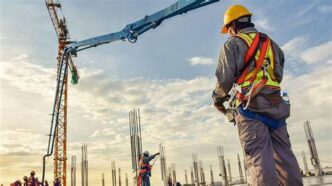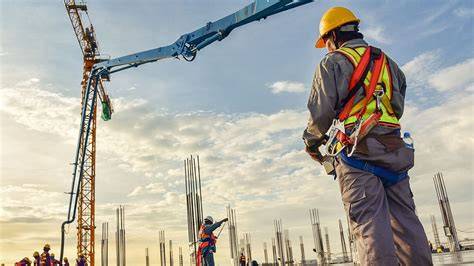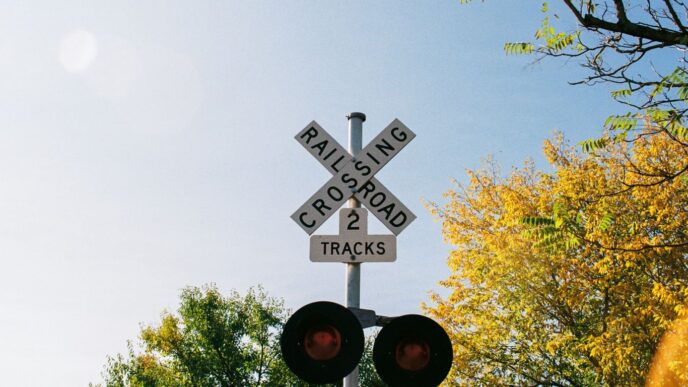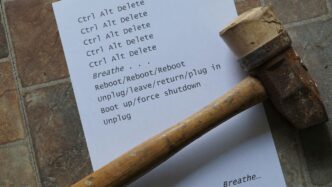Material handling is vital for manufacturing, storage, and construction companies. For example, using a road roller speeds up and simplifies tasks like flattening uneven surfaces to law down asphalt or tar and create a smooth surface for transportation. But these tools also come with safety challenges and efficiency dos and don’ts.
Let’s break down the best practices for using these machines while protecting both your team and the bottom line.
Pre-Operation Checks: Start Safe Every Time
Getting started with any equipment isn’t as simple as turning the key and moving forward. A quick but thorough inspection can prevent accidents before they happen.
- Inspect the Equipment: Check for leaks, low fluids, or visible damage. For forklifts, inspect forks and tires; check the bucket for wheel loaders; ensure the hydraulic systems work smoothly for boom lifts.
- Test Safety Features: Lights, alarms, and brakes should all be functional. Don’t rely on past usage; small problems can arise overnight.
- Review Load Limits: Every machine has a weight and balance limit. Operating beyond these restrictions risks tipping over, damaging goods, or harming people.
Operators Need the Right Training
An untrained operator is a hazard to themselves and everyone nearby. Make sure every driver or operator knows the ins and outs of the specific equipment they’ll be using.
- License and Certification Requirements: Many regions require certification for operating a forklift or a boom lift. Keep these documents up to date.
- Practice Makes Perfect: New operators should have hands-on training in a controlled environment before handling live jobs.
- Emergency Response Knowledge: Every operator should know how to manage unexpected events, like power failure or a mechanical breakdown.
Your team’s skills are just as important as the equipment itself. If they know how to use these machines safely, the work becomes smoother and accidents are minimised.
Operate Thoughtfully: Reduce Risks While Boosting Efficiency
Once you’re in the driver’s seat, the real work begins. Operating material handling equipment requires care and focus. Follow these rules while operating:
- Stick to Designated Areas: Loading zones, travel aisles, and marked pathways are there for a reason. Stick to them to avoid collisions.
- Secure Your Load: Loose objects can fall and inflict harm or injury. Secure Your Load. If you need to, use straps or supports.
- Maintain a Clear Line of Sight: Blind spots can be a big issue, particularly with bigger equipment like wheel loaders. Ask a spotter for assistance; use cameras and mirrors.
- Operate at Safe Speeds: Rushing results in mistakes rather than time savings. Especially in confined areas or on uneven ground, keep your speed down.
- Communicate Consistently: Tell staff members where you are heading or to alert them of moving machinery via radios, hand gestures, or alarms..
Be especially careful with foot traffic. In material-handling settings, pedestrians are at the highest risk.
Maintenance Keeps Equipment Reliable
Equipment that isn’t well-maintained can malfunction in the middle of a job. That’s risky and expensive.
- Daily Cleaning and Inspection: Dirt and debris can cause wear and tear. Clean off equipment daily and look for signs of trouble.
- Stick to Service Schedules: Change oil, replace filters, and rotate tires according to the manufacturer’s recommendations. Skipping these steps only leads to breakdowns.
- Listen for Changes: Unusual noises or difficulties during operation are early signs of trouble. Address small issues before they grow.
Simple upkeep can extend the life of your machinery and minimise the chance of work interruptions.
Reduce Workplace Hazards Around Equipment
The environment plays a big role in material handling safety.
- Clear Work Areas: Remove unnecessary tools, debris, and clutter. Clear paths mean fewer accidents and faster operations.
- Use Proper Lighting: Don’t run any machines if you can’t see clearly. Install sufficient lighting to make surrounding and equipment noticeable.
- Wear Protection: Hard hats, gloves, reflective vests, and steel-toed boots are necessary. Operators may also need safety harnesses or hearing protection.
Create and enforce guidelines for pedestrian zones to separate people from operating equipment.
Conclusion
Whether you’re working with a wheel loader, forklift, or boom lift, safety and efficiency go hand in hand. Perform thorough checks, ensure proper training and operate thoughtfully.
At the end of the day, smart handling is what keeps the wheels of progress turning!














